Delineation and Evaluation of Soil Geochemical Anomaly in Xialonggang Lead Polymetallic Mine, Shannan
DOI: 10.23977/mpcr.2024.040104 | Downloads: 21 | Views: 1373
Author(s)
Aohua Wang 1, Hua Wu 1, Yicun Cun 1, Xincan Li 1
Affiliation(s)
1 College of Engineering, Tibet University, Lhasa, Tibet, 850000, China
Corresponding Author
Hua WuABSTRACT
Xialong post is located in the periphery of Zhaxikang large-scale lead-zinc-antimony deposit. The structure is developed in the area, and the prospecting potential is great. Geochemical exploration in the study area is an effective way to find useful minerals in the area. Therefore, 1: 10 000 soil survey was carried out in the area, and geochemical statistics were carried out on 18 elements in the area. Cluster analysis and factor analysis were used to analyze the symbiotic combination of elements. The traditional iteration method was used to determine the lower limit of anomaly of each element. The outer, middle and inner zones were determined by 1, 2 and 4 times of the lower limit of anomaly of each element, and the single element anomaly map was drawn. Combined with the geological background, the target area was delineated, the prospecting range was narrowed, and the prospecting target area was optimized.
KEYWORDS
Xialonggang, Soil Geochemistry, Abnormal Target Area, Lead Polymetallic Ore, Cluster Analysis, Factor AnalysisCITE THIS PAPER
Aohua Wang, Hua Wu, Yicun Cun, Xincan Li, Delineation and Evaluation of Soil Geochemical Anomaly in Xialonggang Lead Polymetallic Mine, Shannan. Modern Physical Chemistry Research (2024) Vol. 4: 26-33. DOI: http://dx.doi.org/10.23977/mpcr.2024.040104.
REFERENCES
[1] Hao Lin, Wu Xingxing, Li Sen, et al. Study of soil geochemistry and prospecting of gold deposit in Jingouzai, Yangxi County, Guangdong Province. Journal of Hefei University of Technology (Natural Science), 2012, 35(12):1686-1692.
[2] Zhang Chengzhi, Zhong Kanghui, Luo Jian. Geological characteristics and prospecting criteria of lead polymetallic deposit in the Xia Longgang mining area. Prospecting Technology, 2018, (14):81-82.
[3] Hu Sen, Wu Hua, Dai Kegang, et al. Remote sensing prospecting prediction of polymetallic Deposit in Xialonggang mining area. China Mine Engineering, 2023, 52(03):1-6.
[4] Liu Yuqi, Zhang Zhi, Li Guangming, et al. Geological characteristics and source of ore-forming materials of Xialonggang lead-zinc deposit in Zhaxikang ore concentration area, Constraint of in-situ S isotope of sulfide. Mineralogy and Petrology, 2021, 41(1):93-105.
[5] Cai Xianjun. Application and comparison of different geochemical data processing methods used in Halaqiaola area. World Nonferrous Metals, 2016, (17); 65-66.
[6] Pei Shengliang, Yuan Jianjiang, Huang Mingda. Characteristics of soil geochemical anomalies and prospecting directions in the Xinbaerhu area of Inner Mongolia. Contributions to Geology and Mineral Resources Research, 2018, 33(3):449-457.
[7] Ge W C, Wu F Y, Zhou C Y, et al. Mineralization ages and geodynamic implications of porphyry Cu-Mo deposits in the east of Xingmeng-orogenic belt. Chinese Science Bulletin, 2007, 52(20):2407-2417.
[8] Maepa F, Smith R S, Tessema A. Support vector machine and artificial neural network modelling of orogenic gold prospectivity mapping in the Swayze greenstone belt, Ontario, Canada. Ore Geology Reviews, 2021, 130: 103968.
[9] Cai Y D, Ricardo P W, Jen C H, et al. Application of SVM to predict membrane protein types. Journal of theoretical biology, 2004, 226(4):373-376.
[10] Zheng C J, Liu P F, Luo X R, et al. Rock geochemical data mining and weak geochemical anomalies identification—a case study of ashele copper-zinc deposit. Geotecton Metallog, 2022, 46(1):86-101.
[11] Šimíček D, Bábek O, Hron K, et al. Separating provenance and palaeoclimatic signals from particle size and geochemistry of loess-palaeosol sequences using log-ratio transformation: Central European loess belt, Czech Republic. Sedimentary Geology, 2021, 419:105-107.
[12] Zuo R, Xia Q, Zhang D.A comparison study of the C–A and S–A models with singularity analysis to identify geochemical anomalies in covered areas. Applied geochemistry, 2013, 33:165-172.
[13] Liu K, Simon A W, Zhang J J, et al. Zircon U-Pb dating and whole-rock geochemistry of volcanic rocks ineastern Heilongjiang Province, NE China: Implications for the tectonic evolution of the Mudanjiang andPaleo-Pacific oceans from the Jurassic to Cretaceous. Geological Journal, 2020, 55(03):1866-1889.
[14] Xie X J, Yao W S. Outlines of New Global Geochemical Mapping Program. Acta Geologica Sinica-English Edition, 2020, 84(03):441-453.
[15] Mo X, Niu Y, Dong G, et al. Contribution of syncollisional felsic magmatism to continental crust growth: a case study of the Paleogene Linzizong volcanic succession. Chemical Geology, 2008, 250(1-4): 49-67.
[16] Molan Y E, Behnia P. Prospectivity mapping of Pb–Zn SEDEX mineralization using remote-sensing data in the Behabad area, Central Iran. International Journal of Remote Sensing, 2013 34(4): 1164-1179.
[17] Wu W, Chen Y L. Application of isolation forest to extract multivariate anomalies from geochemical exploration data. Global Geology, 2018, 21(1): 36-47.
[18] Seyyed Saeed Ghannadpour, Ardeshir Hezarkhani. Exploration geochemistry data-application for anomaly separation based on discriminant function analysis in the Parkam porphyry system (Iran). Geosciences Journal, 2016, 20(6):837~850.
[19] Cheng Q. Multiplicative Cascade Processes and Information Integration for Predictive Mapping. Nonlinear Processes in Geophysics, 2022, 19(1): 57-68.
[20] Li N, Xiao K, Sun L, et al. Part I: A resource estimation based on mineral system modelling prospectivity approaches and analogical analysis: A case study of the MVT Pb-Zn deposits in Huayuan district, China. Ore Geology Reviews. 2018, S1005192888.
[21] Reimann C, Caritat P D. New soil composition data for Europe and Australia: demonstrating comparability, identifying continental-scale processes and learning lessons for global geochemical mapping. Science of the Total Environment. 2022, 416(none): 239-252.
[22] Williams P M. Statistical levelling of multi-element geochemical data. Applied Computing and Geosciences.2021, 10(9): 100060.
| Downloads: | 961 |
|---|---|
| Visits: | 62031 |
Sponsors, Associates, and Links
-
Forging and Forming

-
Composites and Nano Engineering
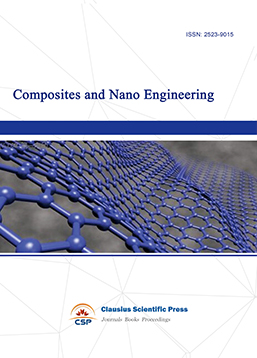
-
Journal of Materials, Processing and Design
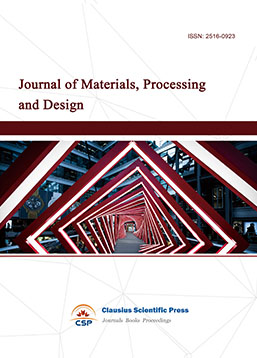
-
Metallic foams
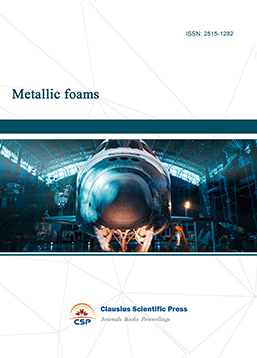
-
Smart Structures, Materials and Systems

-
Chemistry and Physics of Polymers
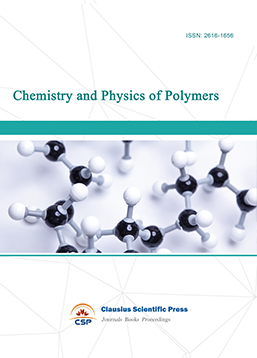
-
Analytical Chemistry: A Journal
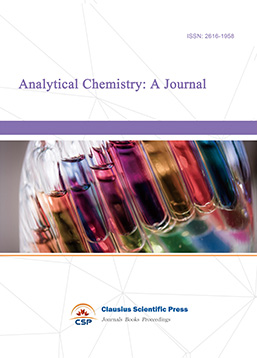
-
Inorganic Chemistry: A Journal

-
Organic Chemistry: A Journal
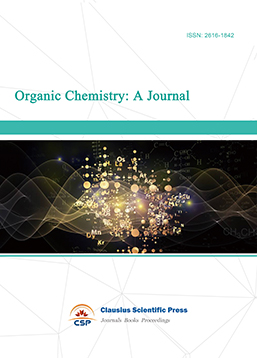
-
Progress in Materials Chemistry and Physics

-
Transactions on Industrial Catalysis
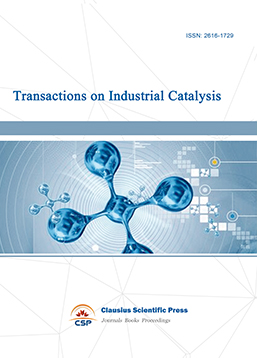
-
Fuels and Combustion

-
Casting, Welding and Solidification
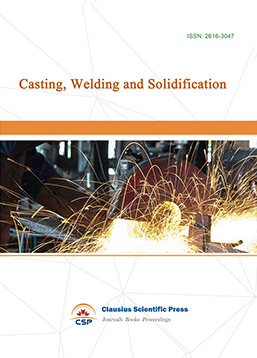
-
Journal of Membrane Technology
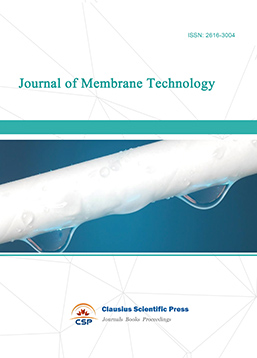
-
Journal of Heat Treatment and Surface Engineering
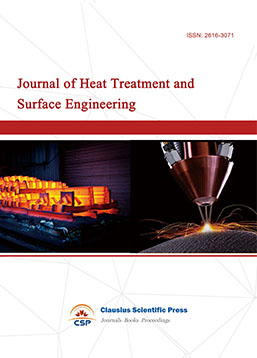
-
Trends in Biochemical Engineering

-
Ceramic and Glass Technology

-
Transactions on Metals and Alloys
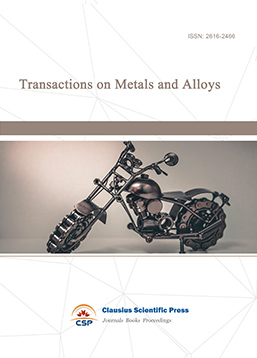
-
High Performance Structures and Materials
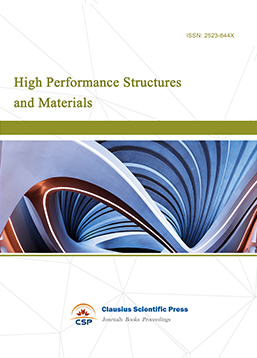
-
Rheology Letters

-
Plasticity Frontiers

-
Corrosion and Wear of Materials

-
Fluids, Heat and Mass Transfer

-
International Journal of Geochemistry
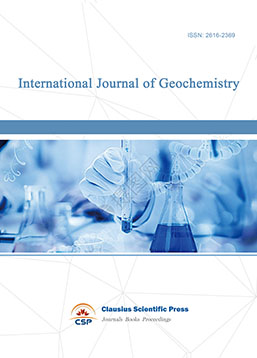
-
Diamond and Carbon Materials
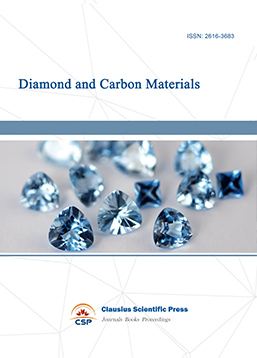
-
Advances in Magnetism and Magnetic Materials
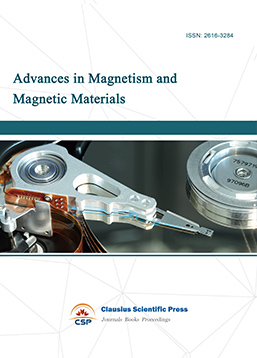
-
Advances in Fuel Cell

-
Journal of Biomaterials and Biomechanics
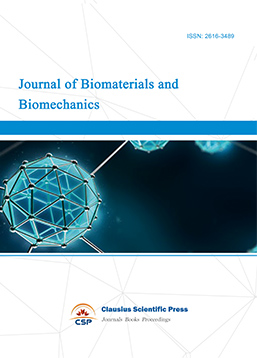

 Download as PDF
Download as PDF